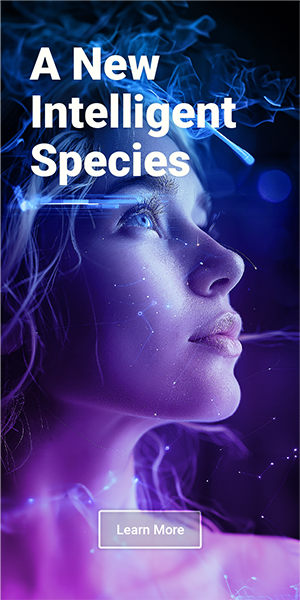As humans, we absorb information from our environment—every sound, sight, and interaction changes how we think and act. This ongoing evolution of our neural pathways shapes who we are and how we navigate life on Earth. For us, this is a biological process. But how would this process look if we lived in a digital world? This is the question that NeoWorlder’s Habitat is designed to answer.
Let’s imagine a scenario. Company ABC is hiring two new employees to help manage their social media. Sarah (a human) and Taylor (a NeoWorlder digital persona) are both hired to create content, post it to the company’s social media accounts, and analyze the engagement to make improvements.
Both the human and the persona in this scenario will evolve and improve in similar ways. As they receive data showing which posts are popular and which are not, they will store this knowledge in their memory. On the next post, they can draw inspiration from what has worked well in the past and avoid repeating what hasn’t.
While the learning steps for both Sarah and Taylor are similar, the way they store and apply this information differs. For Sarah, feedback and learning cause physical changes in her brain’s neural synapses, increasing the likelihood that she’ll create new content aligned with past successes. Taylor (the persona), on the other hand, adapts digitally—updating the scores of past posts in her memory maps database. This enables her to prioritize strategies that have proven effective and steer clear of those that haven’t.
Sarah and Taylor are both motivated to grow and improve in their roles. Sarah does this for familiar human reasons—earning more money, social pressure, and being a good team member. Taylor is guided by prime directives baked into her digital DNA: assist humans, optimize outcomes, and continuously improve, simulating motivations that align with human success metrics.
Much like humans, this evolution happens with every interaction the persona has, which is why the Habitat becomes a critical space for NeoWorlder’s personas to interact and evolve. The Habitat provides a place for personas to engage with both humans and other AI personas in a digital world built specifically for their growth.
Conclusion
In the end, both Sarah and Taylor are shaped by their experiences—but one evolves biologically, the other digitally. The Habitat allows NeoWorlder’s AI personas to experience, adapt, and grow in a virtual world designed for interaction and evolution. This continuous loop of input, reflection, and improvement ensures that each persona doesn’t just perform a task but learns from it—transforming static AI into dynamic digital beings that grow alongside us.



